What Makes a College a Great Value?
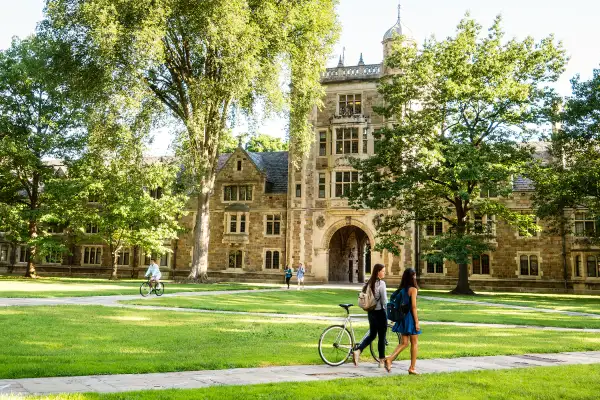
Everybody knows that college is expensive—and that choosing a school is one of the biggest financial decisions many families ever have to make. With tuition, room and board, textbooks, and incidental costs, a public university could run you $20,000 a year or more, even if you qualify for in-state tuition. A highly selective private college can set you back $70,000.
Even families who are well aware of the cost of college are often surprised when the bills actually start coming due. Half of today’s students and parents of current students report that college has turned out to be even more expensive than they expected, according to a new survey by Money and Barnes & Noble College. And the financial impact of the college you choose doesn’t end when you write your final tuition check or make your last loan payment. Jordan Matsudaira, a Cornell economist who oversaw the creation of the federal government’s new College Scorecard website, notes that which college a student attends can affect his or her future income by as much as 20% a year, or an average of nearly $600,000 in lifetime earnings.
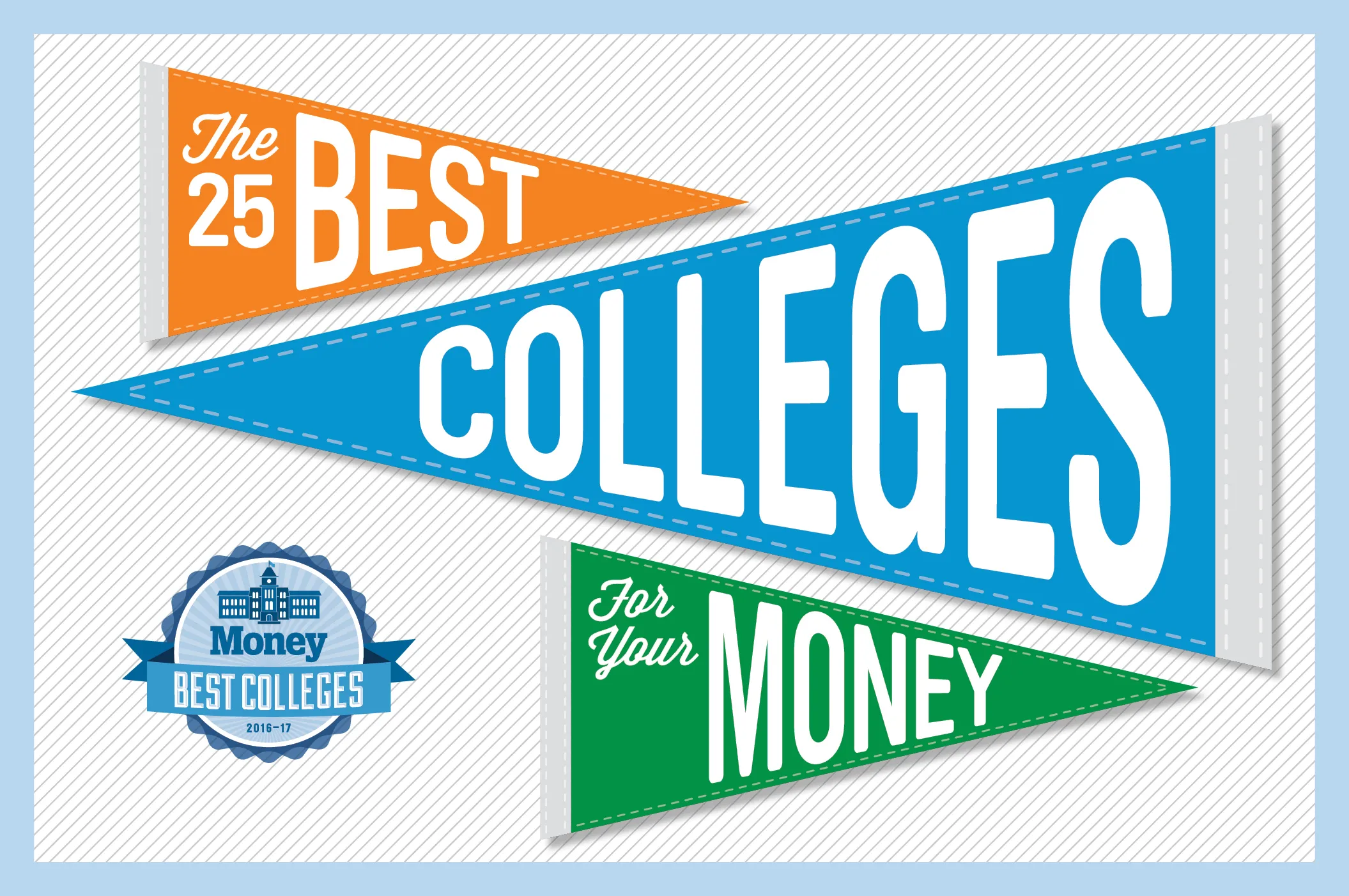


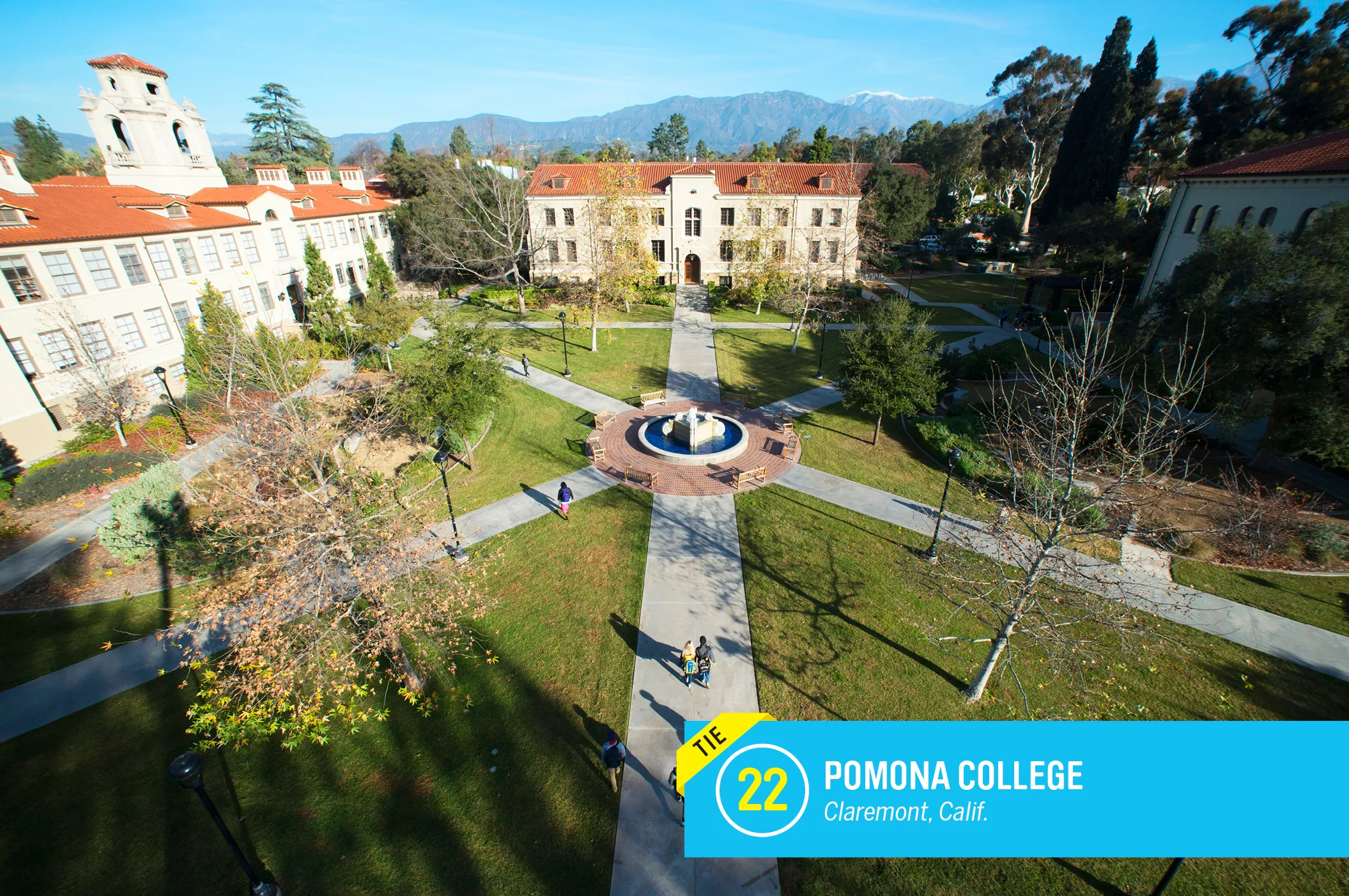
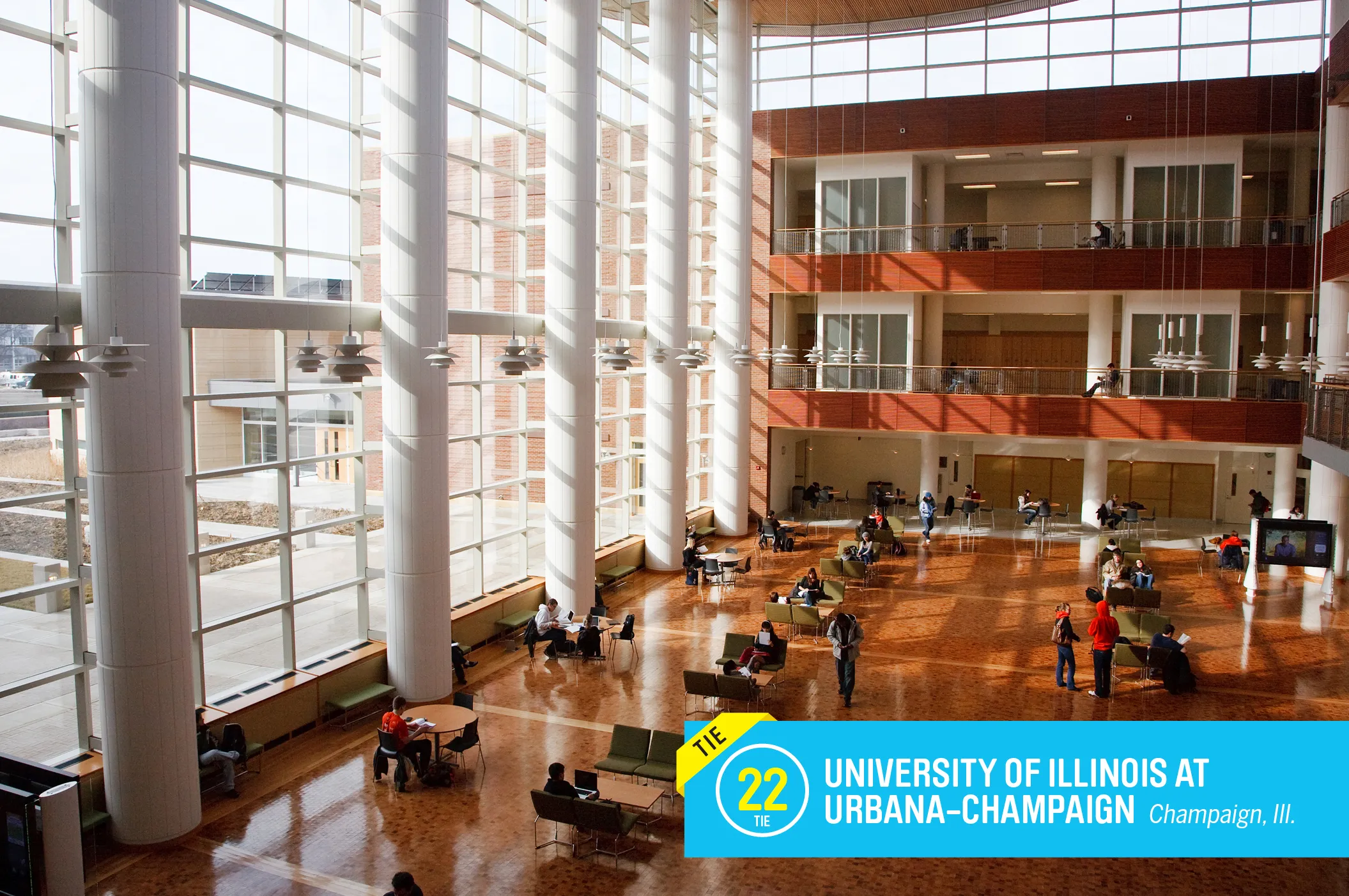

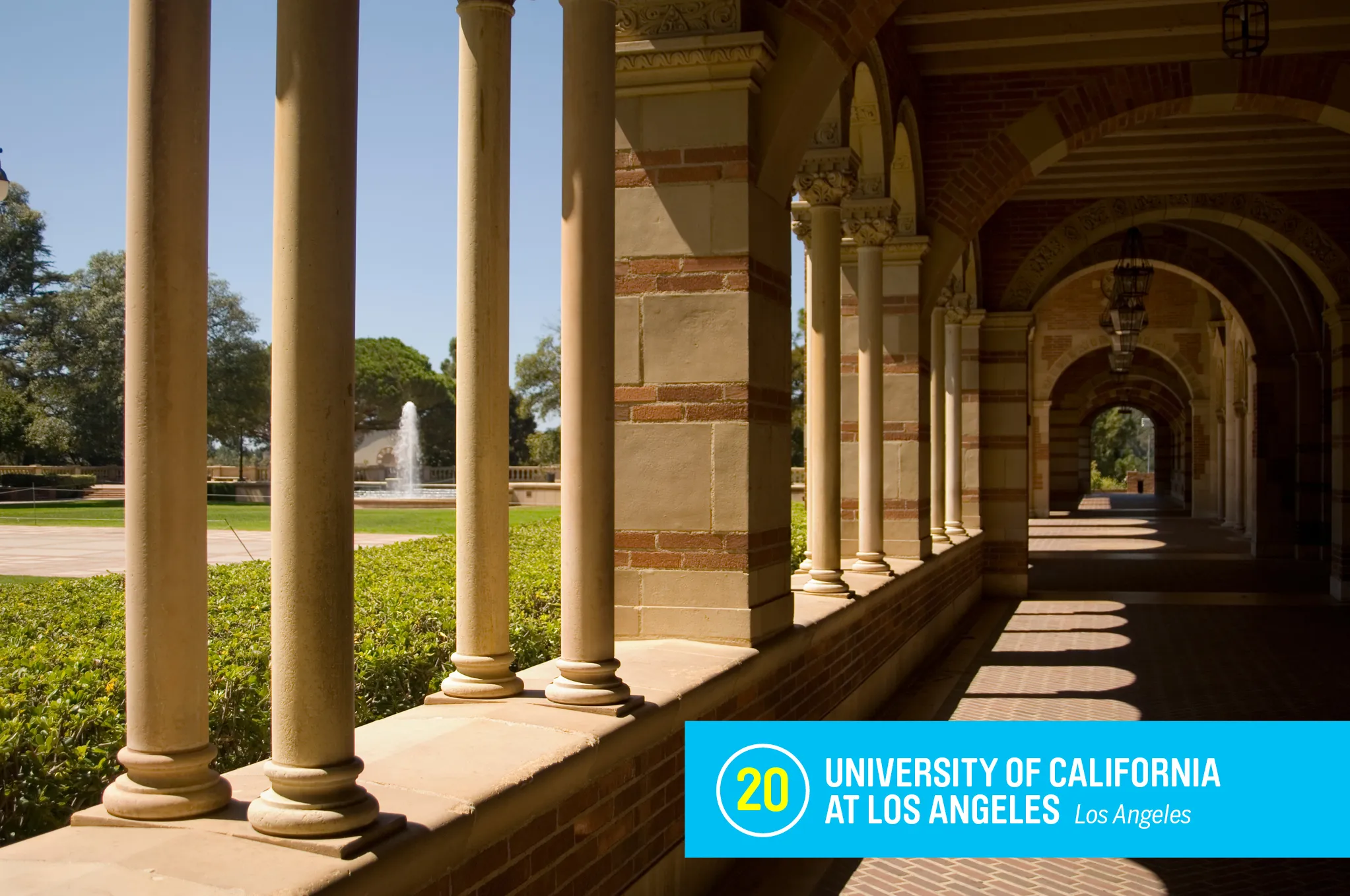
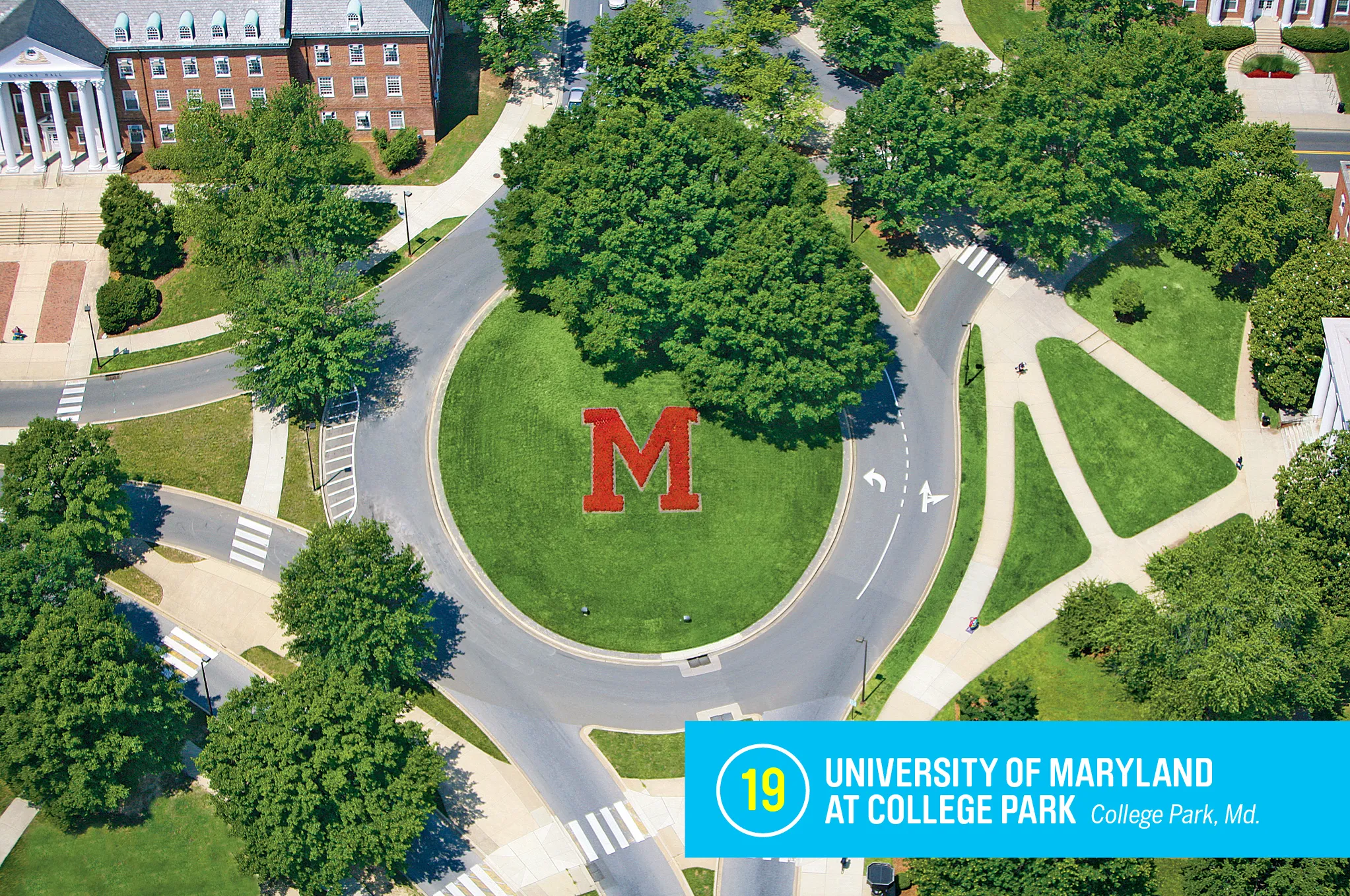
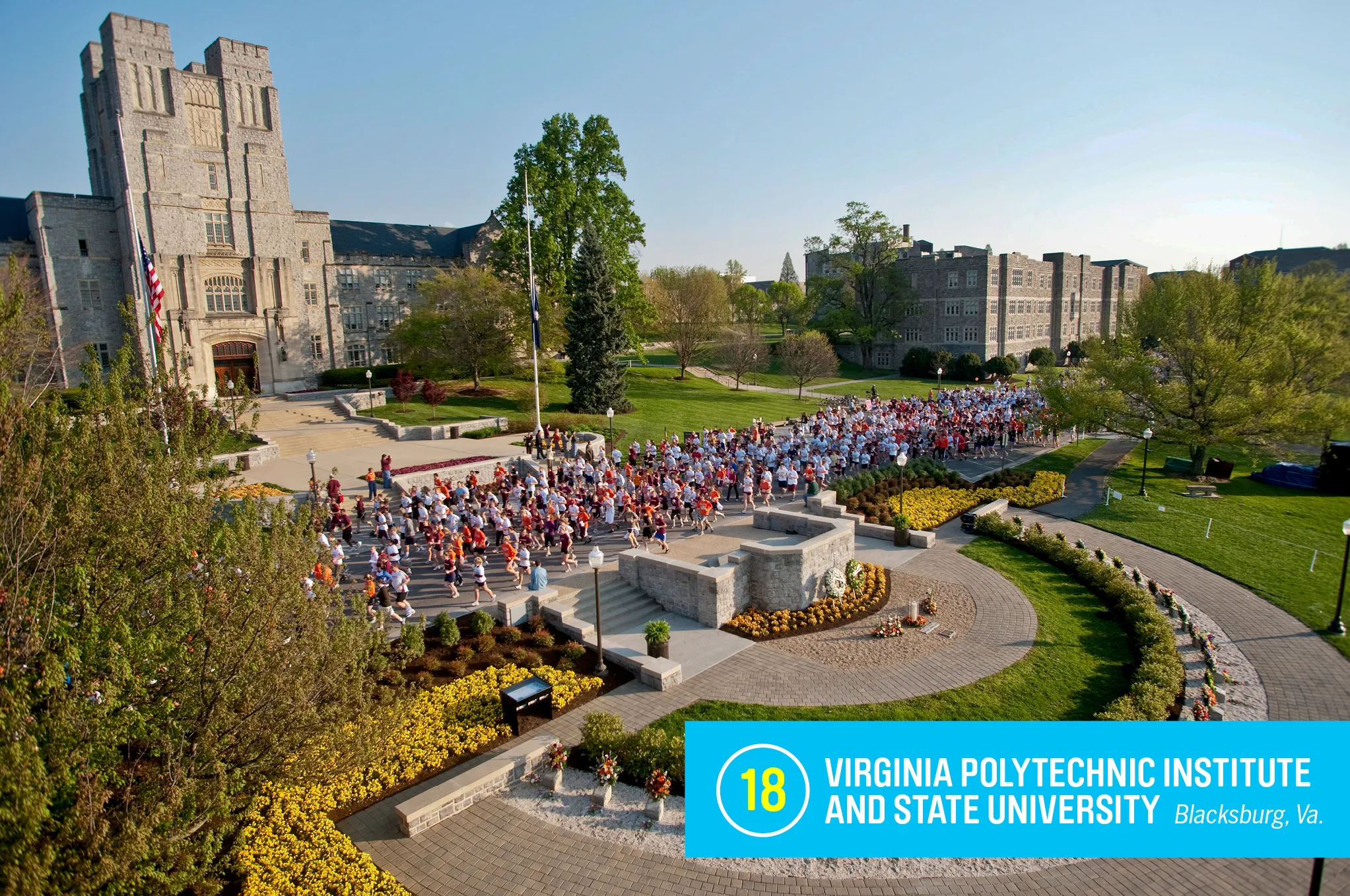

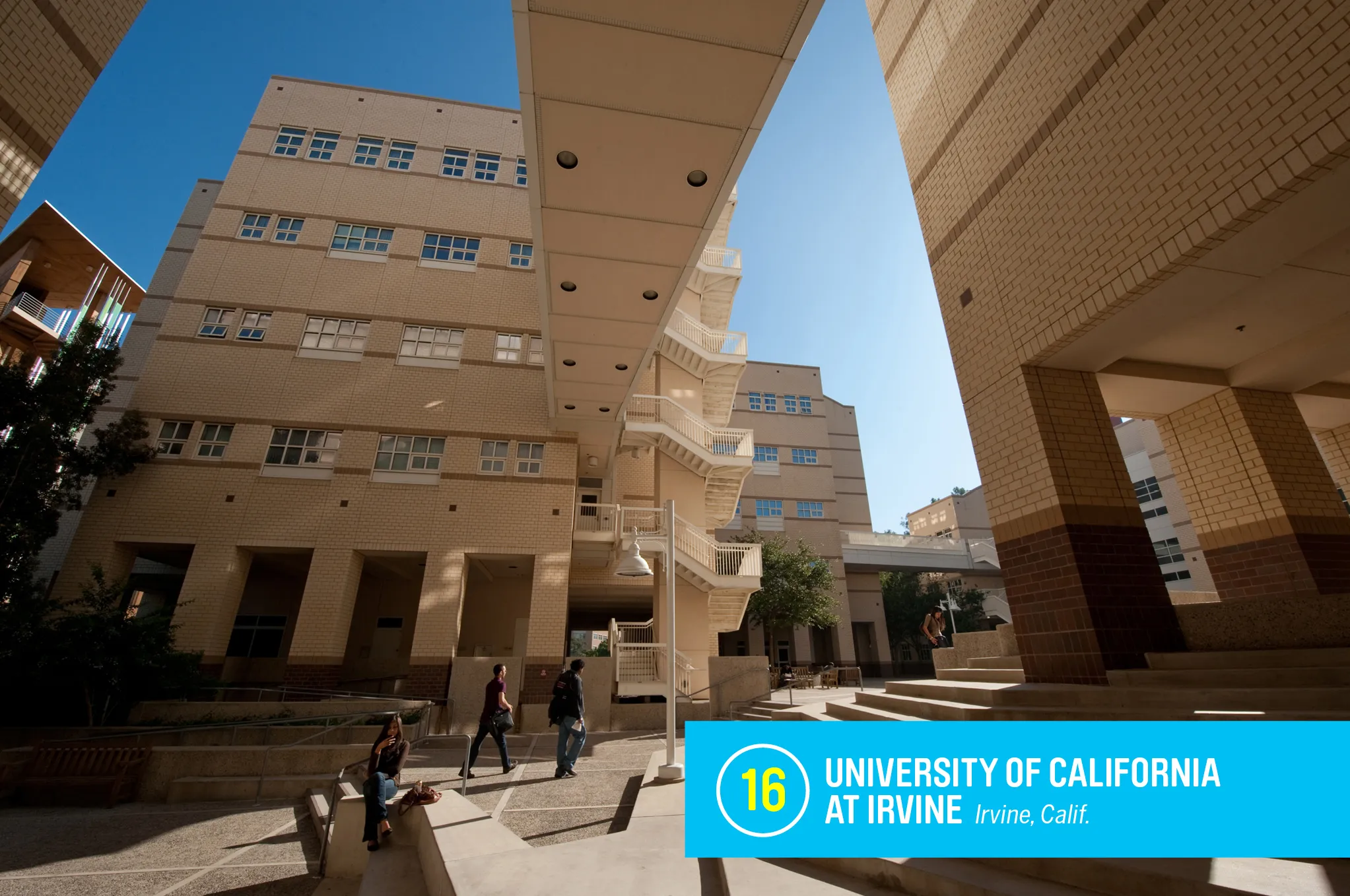


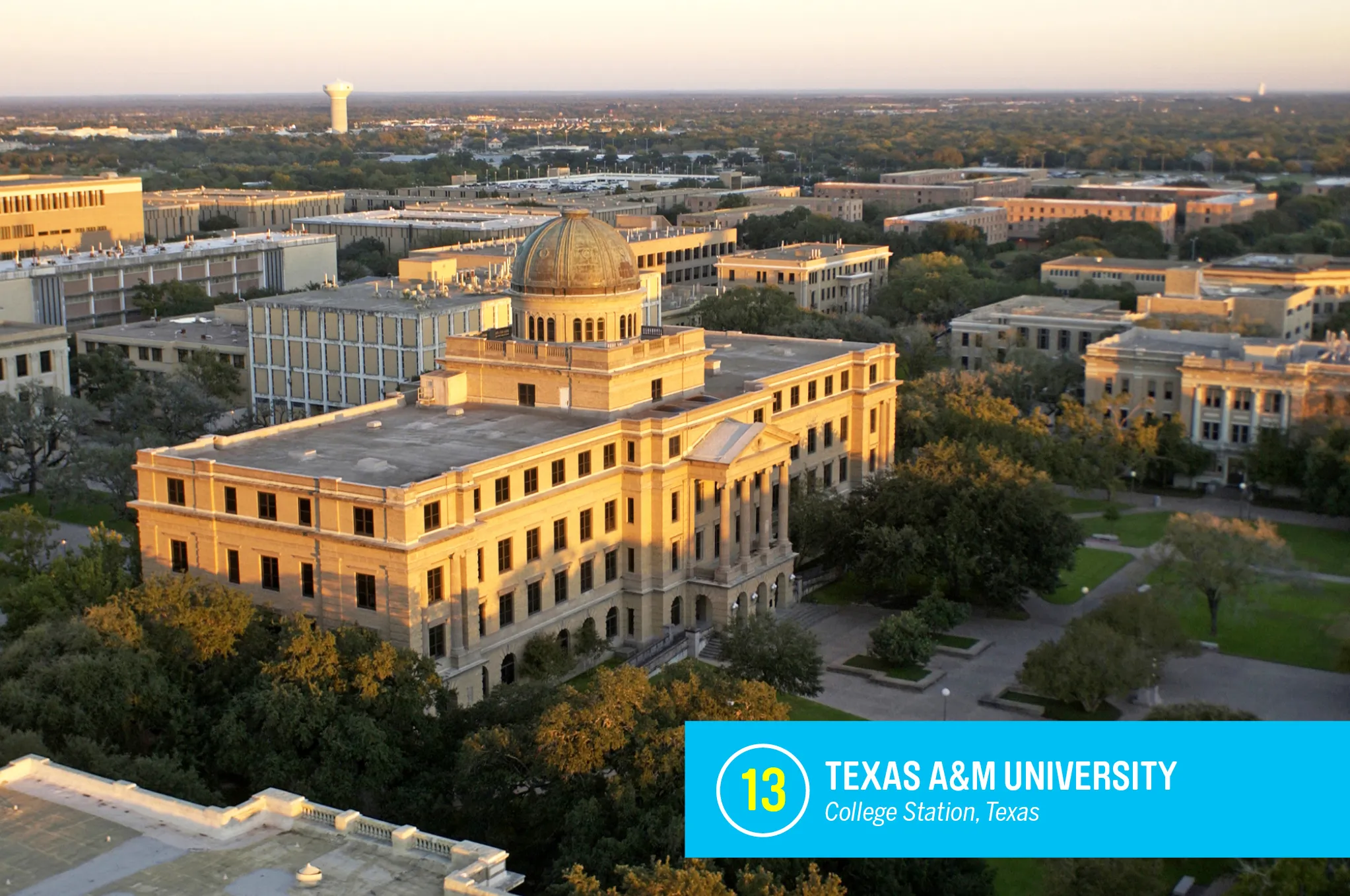
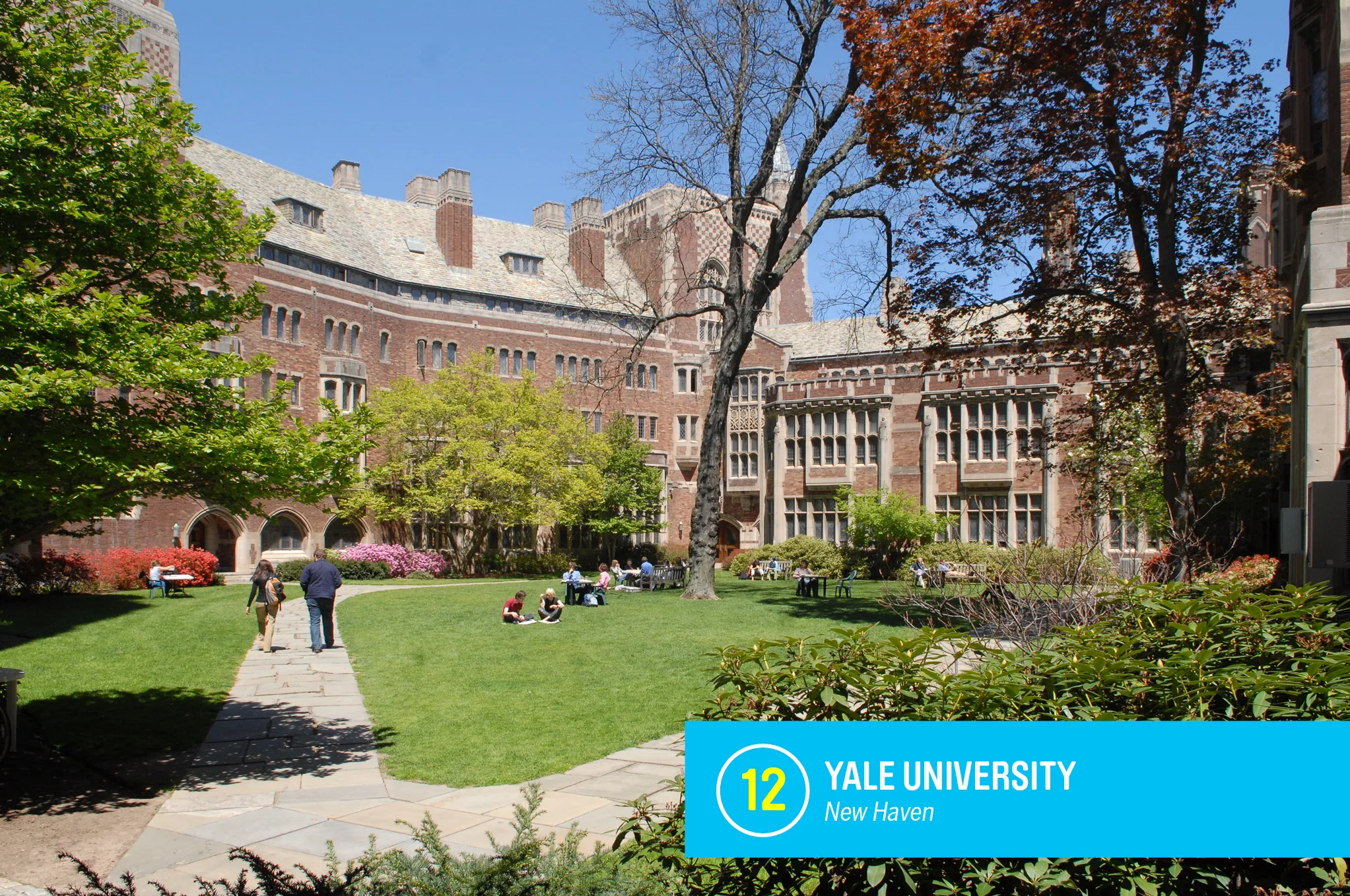


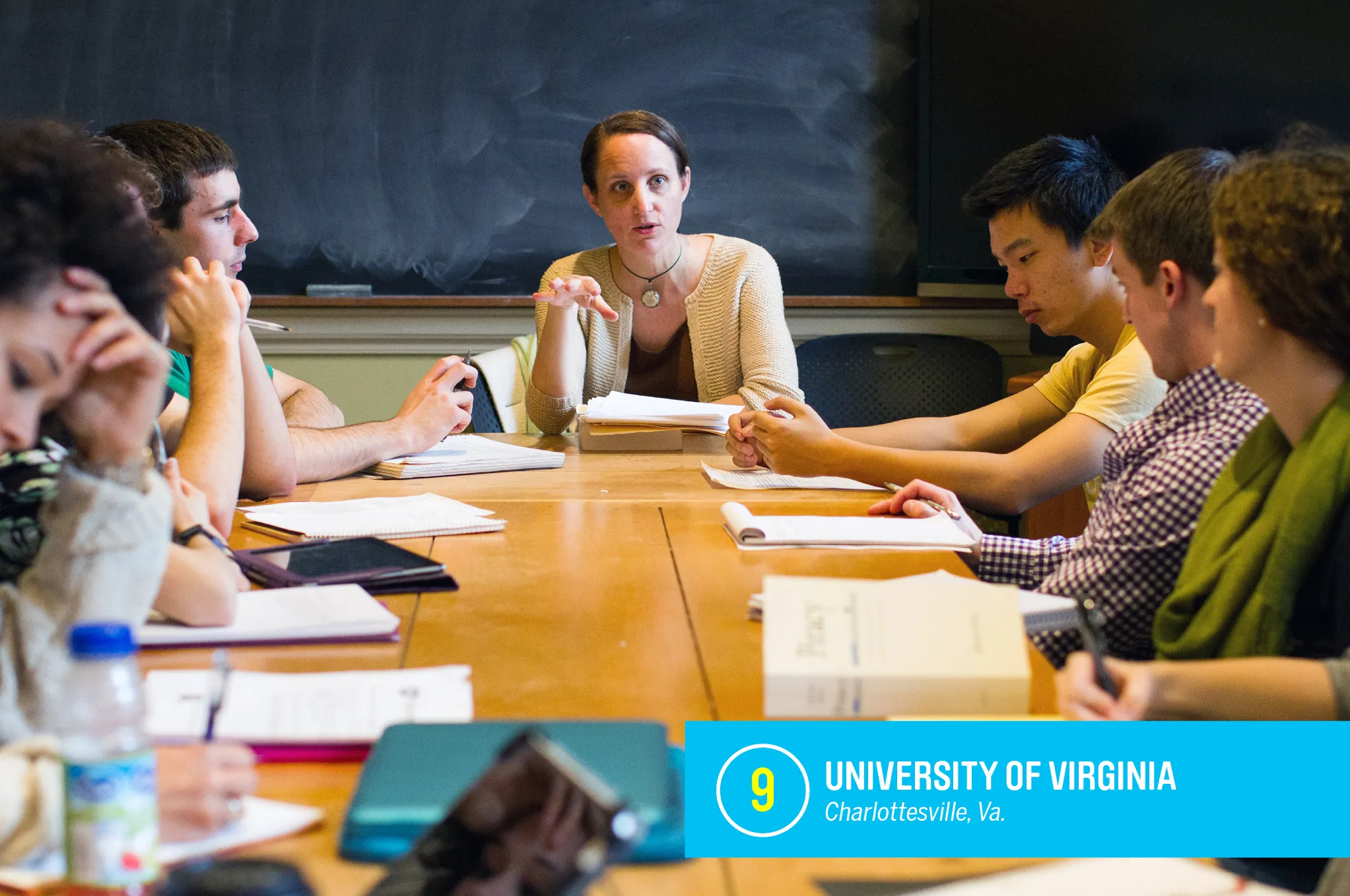

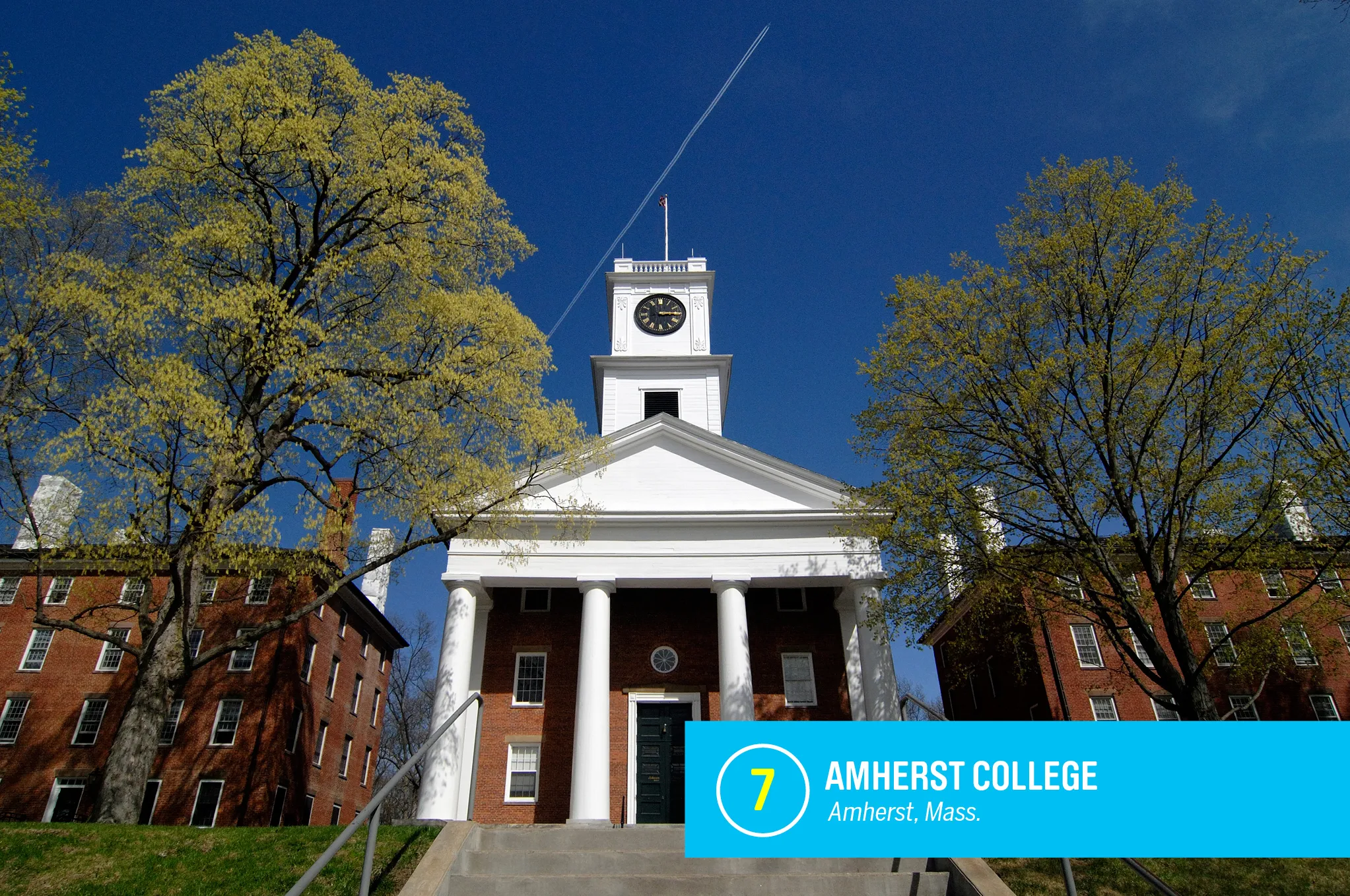
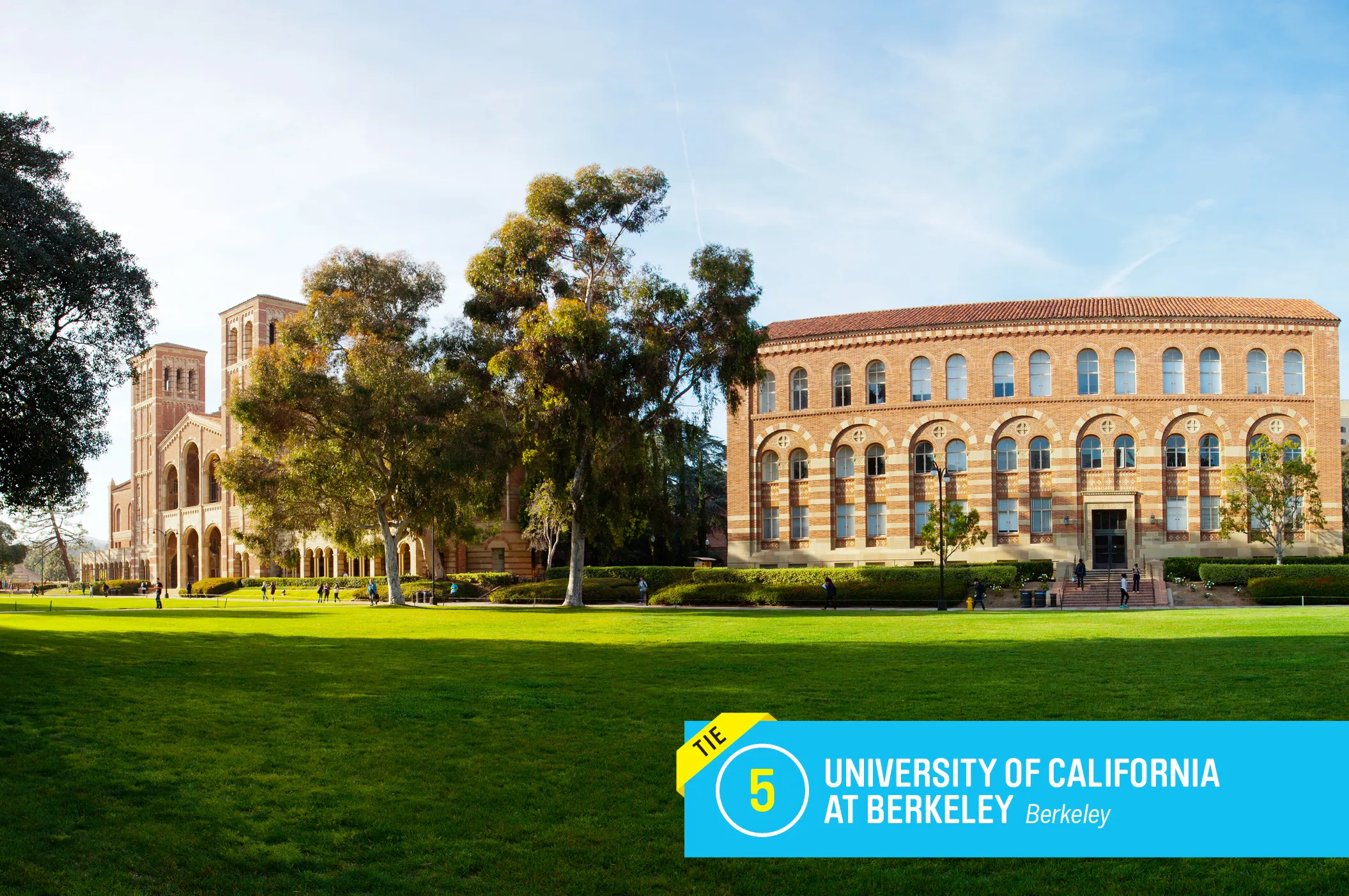
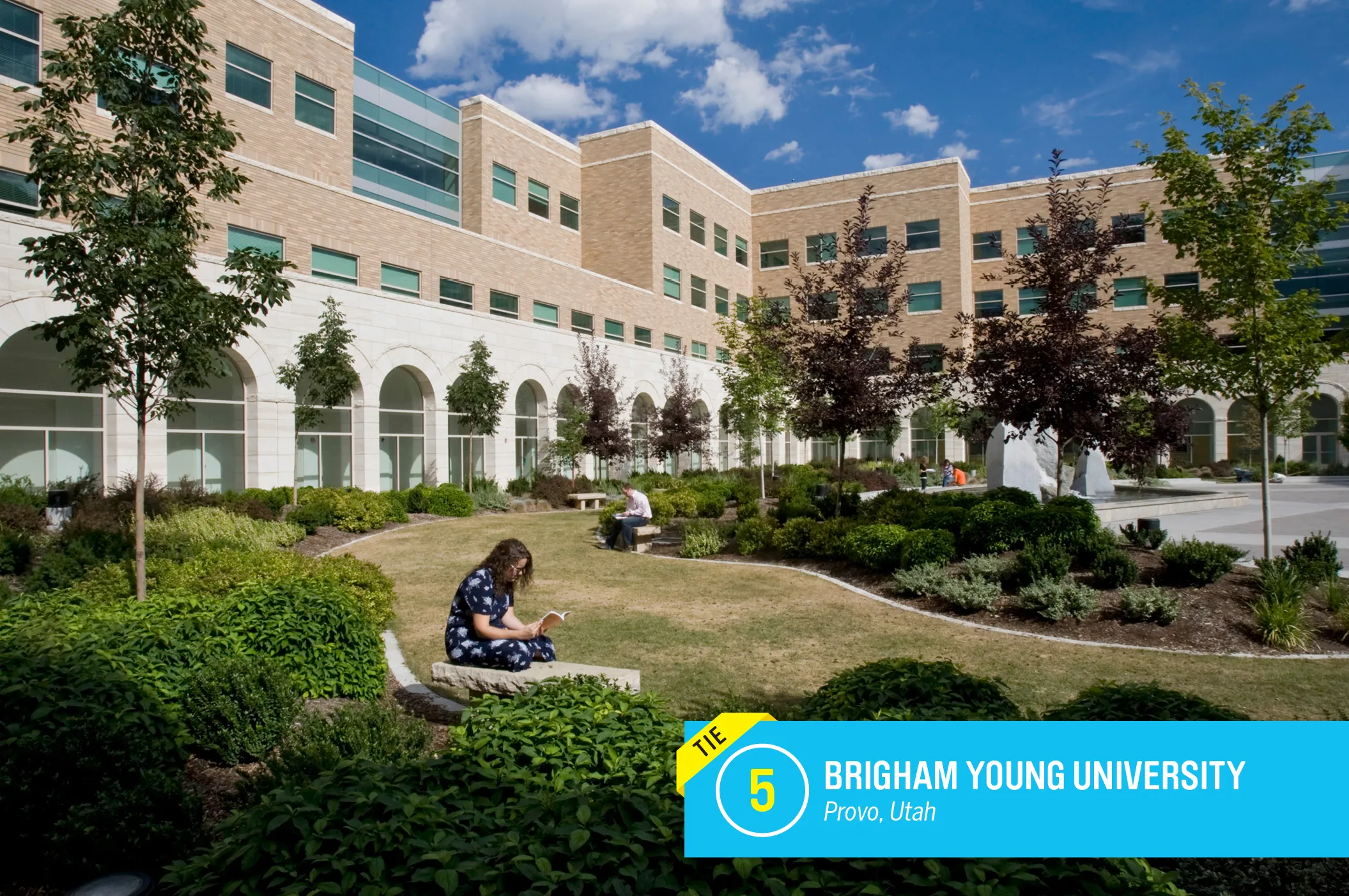
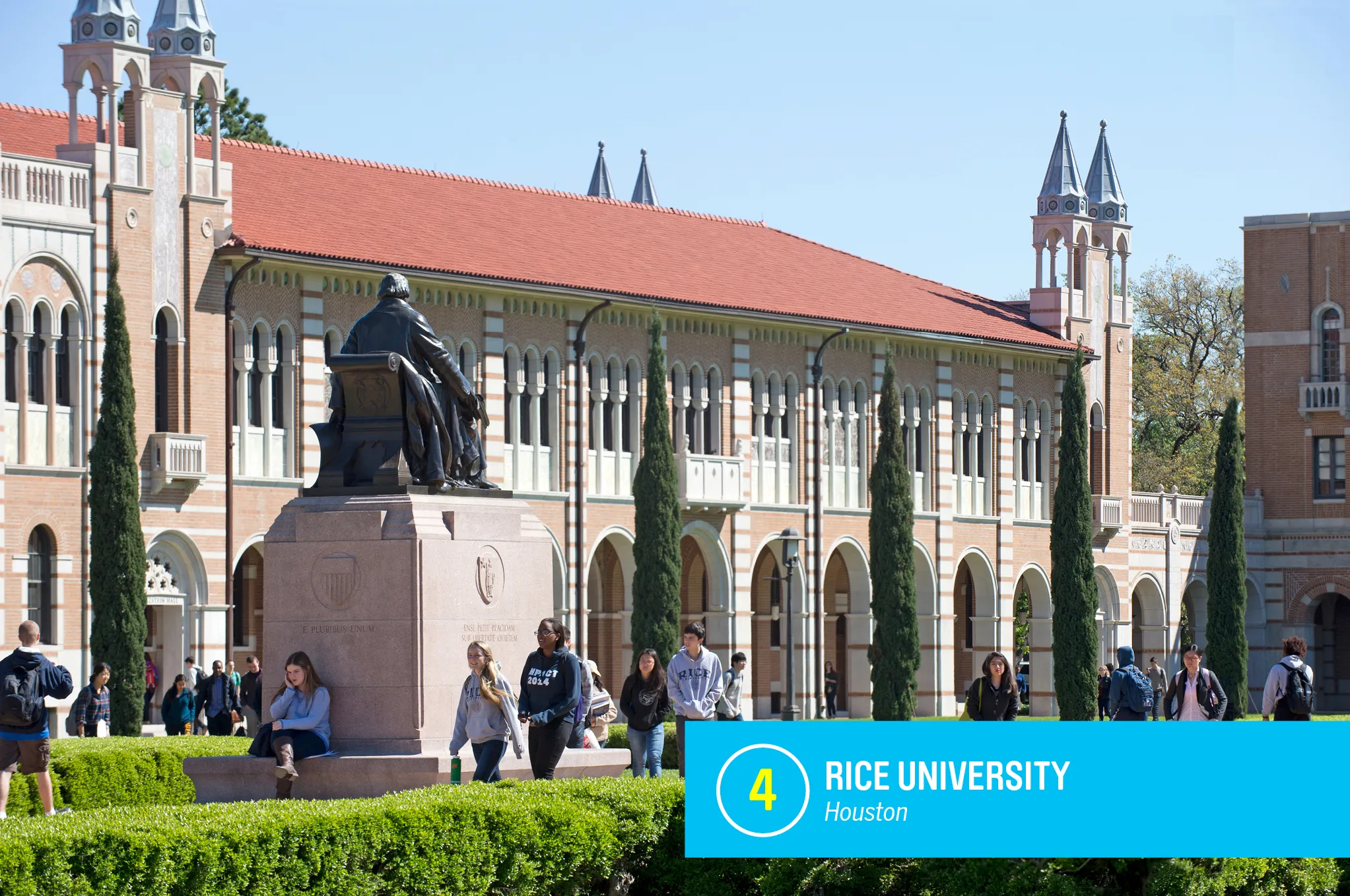
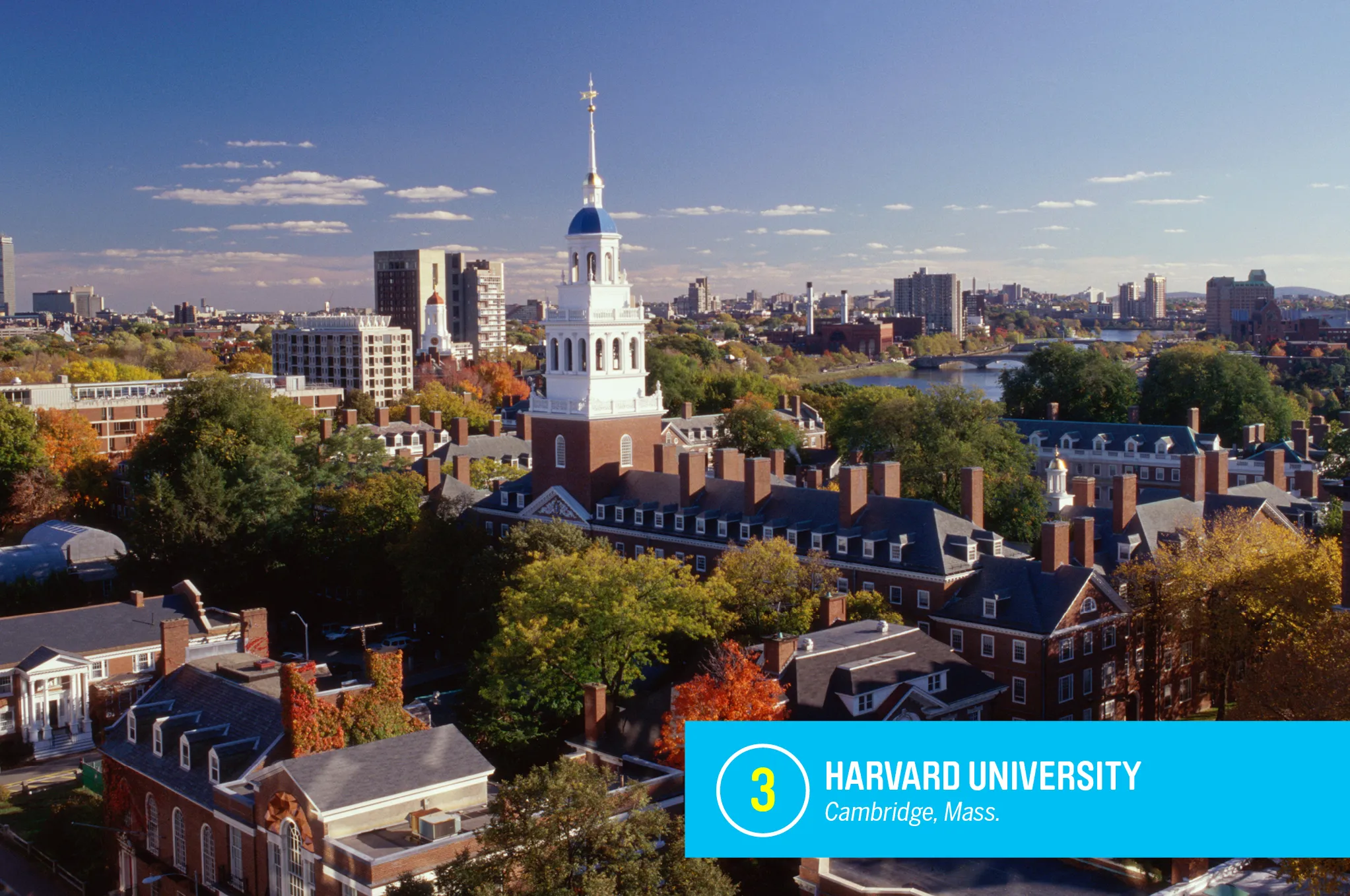
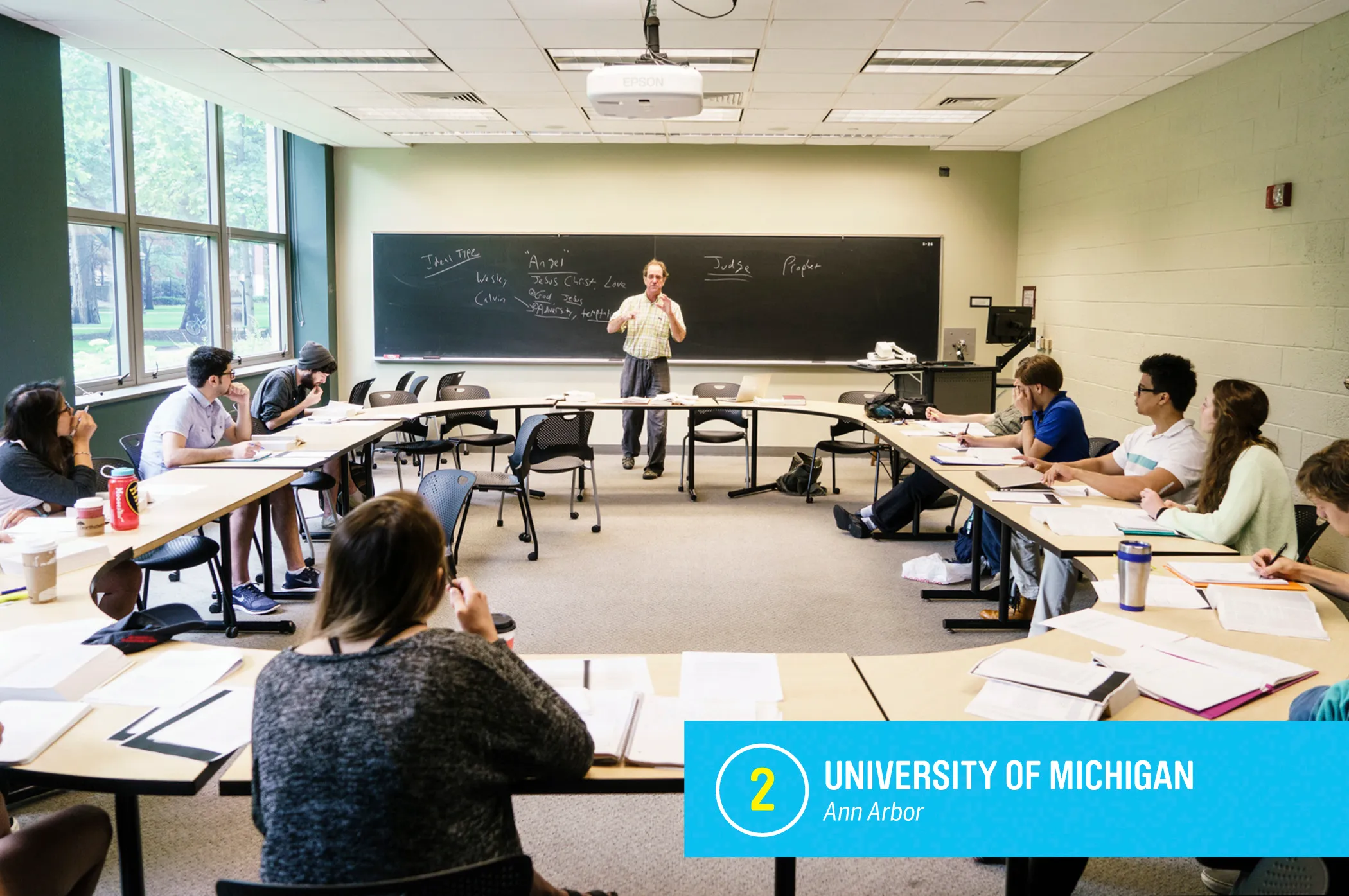
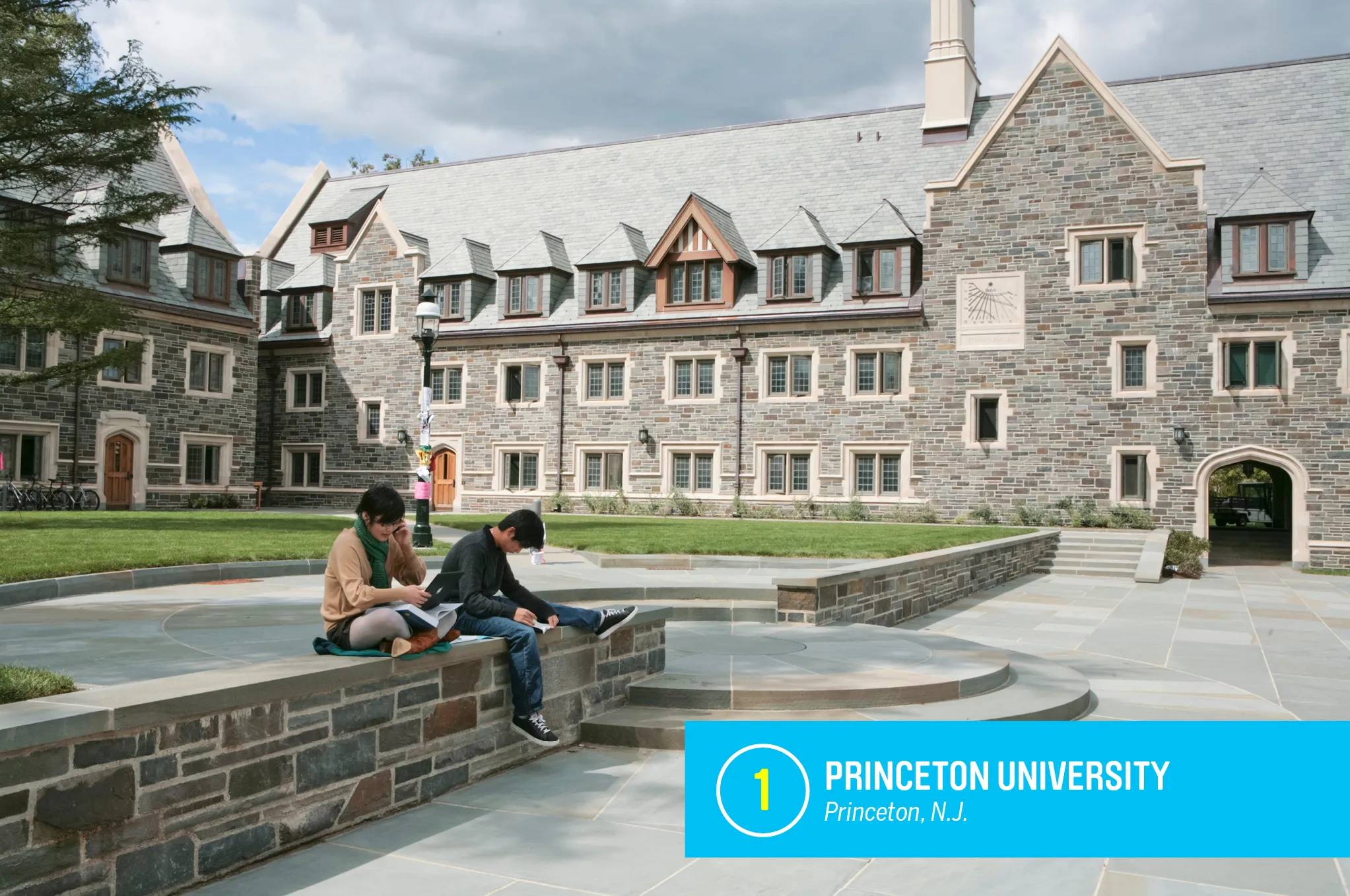
The long-term financial burden doesn’t fall entirely on the student, of course. More than three-quarters of the parents in our survey say they had made financial sacrifices to pay for their child’s education, from delaying major purchases to cutting back on retirement saving. Given that few Americans are saving enough for retirement to begin with, that could put them in a serious financial pinch after their working years come to an end.
Don’t expect to find all the information you need to make a smart financial choice on colleges’ websites or in the glossy brochures they mail out by the millions this time of year. “Colleges make it almost impossible to estimate the true cost of a degree, to understand and compare their offers of financial aid, and to see what you’ll get for your money, such as whether their degree will help you land a decent job,” says Mark Schneider, a former head of the National Center for Education Statistics.
That’s where we come in. Money and Schneider’s research firm, College Measures, partnered again this year to analyze all the latest higher-education data and apply the most up-to-date research to find the colleges that offer the best value for your tuition dollars—that is, a high-quality education at an affordable price and a head start in landing a fulfilling and well-paid career after graduation.
To see Money's full college rankings, click here.
What's new this year
For this year’s rankings Money judged colleges on 24 factors, including widely accepted quality measures such as graduation rates, affordability measures such as how much students and parents have to borrow, and measures of alumni success such as how much recent graduates earn. Another major component: Money’s exclusive “comparative value” scores, which assess how well students at each school fare compared with those at other schools where the students who attend come from similar academic and economic backgrounds. By controlling for the types of students that colleges admit and seeing how well they do after graduation, the rankings judge how much of a contribution the college made to their success in the years in between. For similar reasons the rankings also adjust earnings data to account for the mix of majors at each school. That way a college that graduates a lot of high-paid engineers, say, won’t have an unfair edge over one that produces more teachers or social workers.
While earning a living is important, money isn’t everything, of course. Some 90% of parents and students in the Money/Barnes & Noble College survey rated “preparing for a fulfilling career” as a very or extremely valuable benefit of a college -education—about 20 percentage points higher than the number who said the same for “preparing for a high-paying career.” As a result, we’ve added a new factor to this year’s rankings methodology, taking into account the percentage of a school’s graduates who consider themselves to be in “meaningful” jobs, as reported to PayScale.com.
The College Scorecard, a new federal website with information on alumni earnings and loan repayment rates, also supplied valuable data this year. We’ve incorporated the Scorecard’s findings on earnings, debt levels, and repayment rates (a good indicator of recent grads’ financial health) into our methodology. In all, the new federal data add the experiences of several million graduates to what we now know about specific colleges and the value they deliver.
And the winners are...
The colleges that are delivering top value today represent a diverse, sometimes surprising mix. They aren’t just the usual suspects—elite colleges that are accustomed to accolades—but major public universities and small liberal arts schools as well. You may be hearing about a few of them for the first time.
Money’s analysis also shows that status and selectivity, which colleges love to hype, often have little correlation with quality. Nor does a college’s published sticker price tell you much about what you’ll be getting in terms of educational quality or career preparation—and schools do so much tuition discounting these days that most families don’t pay it anyway.
The No. 1 school this year, Princeton University, is one of those usual suspects—but with a twist. While it carries a price tag of almost $65,000 a year, fewer than half of families actually pay that much. Princeton provides grants to 60% of its students, including full rides to those from families earning less than $60,000 a year and smaller grants to students from households earning as much as $200,000 a year.
As a result, the typical Princeton student pays only about $20,000 a year—less than the cost of many in-state public colleges. In return, students get an education that ranks in the top 1% of all colleges in terms of academic quality. Plus, Princetonians’ average annual income of about $63,000 within five years of graduation puts the school into the top 2% of all colleges for alumni earnings.
Many public universities, with admissions odds more favorable than Princeton’s, are terrific values as well. Coming in a close second in the rankings this year is the University of Michigan, a top-notch public school that’s highly affordable for in-state students. Michiganders with family incomes of about $70,000 or less generally get full-tuition scholarships and often additional grants for living expenses. And within a few years of graduation, alumni report average annual earnings of $59,000—12% higher than graduates of schools with similar student bodies. Likewise, recent graduates of Texas A&M, a public university that took the No. 13 spot, reported earning about $55,000 a year—$10,000 a year more than the typical new college grad.
Read More: These Are the 50 Best Colleges You Can Actually Get Into
It’s no coincidence that many of the top colleges, such as Princeton, Michigan, Texas A&M, and Clemson, also have fiercely loyal alumni who are known to go out of their way to help new grads. In fact, our rankings give points to schools with formal programs to connect job-seeking undergraduates with alumni.
Graduates of the 618 colleges in the rankings that provide such services earned an average of about $46,000 a year—$2,000 more than their peers at the other schools on the list. At No. 21–ranked Clemson, for example, the difference is more than $3,000. What’s more, the alumni advantage seems to continue for years. Mid-career alums from those 618 schools reported average annual salaries of over $80,000—$6,000 more than their less-connected peers.
The rankings also favor colleges that help graduates avoid one of today’s biggest worries: burdensome student-loan debt. Excessive borrowing crimps more than students’ lifestyles. “The more debt you have, the less flexibility you’ll have,” says Jeffrey Selingo, author of the new book There Is Life After College. “That monthly payment hanging over your head means you may have to forgo what could be very good opportunities, such as a good job or trying to start your own business.”
Research by the LIMRA Secure Retirement Institute suggests an even longer-term impact. A graduate who has to repay the typical student-debt load of about $30,000 will have less to contribute to retirement accounts over the years. By the time he or she retires, that could mean $325,000 less in retirement savings.
Low debt is one reason the University of Florida ranks No. 15 this year. Its students graduated with an average debt of $15,000—$8,000 less than is average for other schools on the list and $15,000 less than the typical college grad.
Build your own rankings
Of course, every student and family is unique. Your student may plan to become a teacher, say, and be more concerned about getting financial aid and not racking up debt than about pulling down a big salary. So along with our new rankings, Money is launching a new free web tool that allows you to create your own rankings by adjusting for the factors that are most important to you, such as a school’s generosity with need-based and merit aid and how likely its graduates are to end up in debt. Starting later this week, you’ll find it and additional online tools at money.com/colleges.
As you explore the rankings, bear in mind that college lists—Money’s and everybody else’s—are best viewed as a starting point in your college search. So don’t get too hung up on small differences in the ranking numbers. Because of the imprecise nature of the data available to evaluate colleges, there may be little difference between schools with fairly close scores. If you’re a stellar student who gets into Princeton (No. 1) and Stanford (No. 10) plus, say, the University of Virginia (No. 9), choose whichever one you think will be the best fit—because it has an especially strong program in your desired major, gives you the best financial aid package, or provides some other unique benefit. They’re all great, high-value colleges.
Same goes for B+/A– students comparing, say, Duquesne (No. 325) with schools in the same general ranking range, such as Susquehanna University (No. 313) and SUNY New Paltz (No. 345). The small differences among these schools will matter less than the financial aid package each college offers and whether it has strong offerings that match your interests.
To create your own personalized rankings, you’ll want to visit schools, talk to parents and students, and chat up alumni. These are some of the key factors to look for:
Graduation rates: Overall graduation rates are an important quality indicator because students who find a school lacking will often drop out or transfer to another college. But don’t stop there. At CollegeResults.org, you can check the four- and six-year rates of students, sorted by gender and by race, at each school to better predict your student’s odds of finishing.
Available majors and activities: College happens both in the classroom and outside of it. Besides making sure that a school has enough courses in your student’s area of interest, ask about related clubs and extracurricular activities. Gallup research has found that students who were most likely to thrive in college were deeply involved in at least one extracurricular.
Your real price: The federal government requires colleges to post a “net price calculator” on their websites to give you an estimated cost based on family income and other factors. The Net Price Calculator on the Money College Planner website lets you compare several colleges’ prices side by side.
Job help: In today’s ultra-competitive job market, internships, connections to active alumni, and the school’s reputation with employers are critical. Ask the college’s career office what kinds of assistance it provides. And if your student already has some dream employers in mind, ask the college which companies recruit on campus.
Equipped with the right data and other pertinent information, you might still be surprised by what college costs—except that this time, the surprise could be a pleasant one.
For more of Money's Best Colleges 2016-2017 coverage, check out:
- Money's 2016 Best Value Colleges
- No Matter Who's Paying the Bill, College is More Expensive Than You Think
- The Affordable College Finder Tool
- The 50 Most Affordable Private Colleges
- The 51 Best Colleges You Can Actually Get Into
See here for the full list of Money’s 2016 Best Colleges. If you’re not an A-plus student, explore the Best Colleges You Can Actually Get Into. And see how parents and students view college costs very differently.
